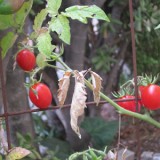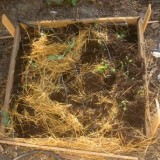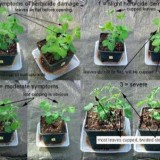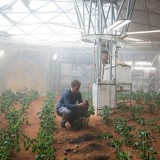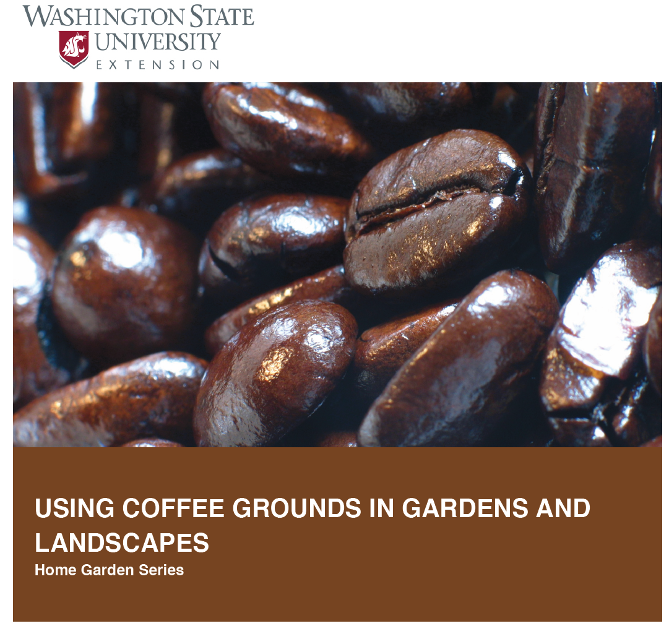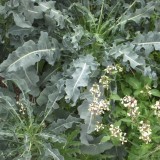Today in our continuing dialog on composting, a guest post from Los Angeles Bicycle Coalition board member, Kent Strumpell who we met up with at this week’s inspiring LACBC awards gala:
I’m sure there are more correct procedures, but this is what I’ve found works.
I use a compost bin that has direct soil contact. I think this allows the introduction of soil organisms and serves to drain the pile if it gets too wet. I’ve done this same process with free standing piles as well.
I start with a small pile of dry leaves and add a load of kitchen scraps. I also add a couple shovels-full of rich soil to get things started, particularly with some worms and bugs to propagate the new pile. I’m not fastidious about what goes in, so the occasional fish and chicken scraps and leftover cat food gets into the mix, even oily stuff, but mostly it’s the usual veggies, fruits, paper napkins, etc. Though experts say no fats should go in, I’ve yet to see (or smell) a problem.
Each time I add new kitchen scraps, I add 1-2 shovels-full of dry leaves and some water if needed, turning and mixing the old and new stuff with a cultivator or shovel to aerate the pile. The proportion of dry to wet material is important. There should be enough dry leaves so the compost is kinda’ fluffy and moist, not soggy, but the dry material shouldn’t overwhelm the wet either.
Now the secret. I cut a piece of black 6 mil vinyl to approximately cover the pile and lay this directly on top of the compost (anything similar will work). I’ve found this helps keep the pile moist when I’m not able to check on it (sometimes for a week or two) and the bugs and worms seem to thrive underneath this membrane. I got the idea after noticing that I’d find rich bug habitat under boards, etc. laying around my yard. My compost piles teem with worms, sow bugs and other critters, all working hard for me. If you do a free standing compost pile, cut the plastic big enough to cover to the ground and hold it in place with rocks or bricks.
I add my scraps about once or twice a week. I don’t use the pile to consume large quantities of leaves, I just add enough of them to keep things in balance. It easily keeps up with my kitchen scrap production and gives me a rich, dark compost about like coffee grounds when it is done. I draw finished stuff off at the bottom occasionally. Or, if I want to use the whole batch, I stop adding to it for a few weeks so it can digest everything.
